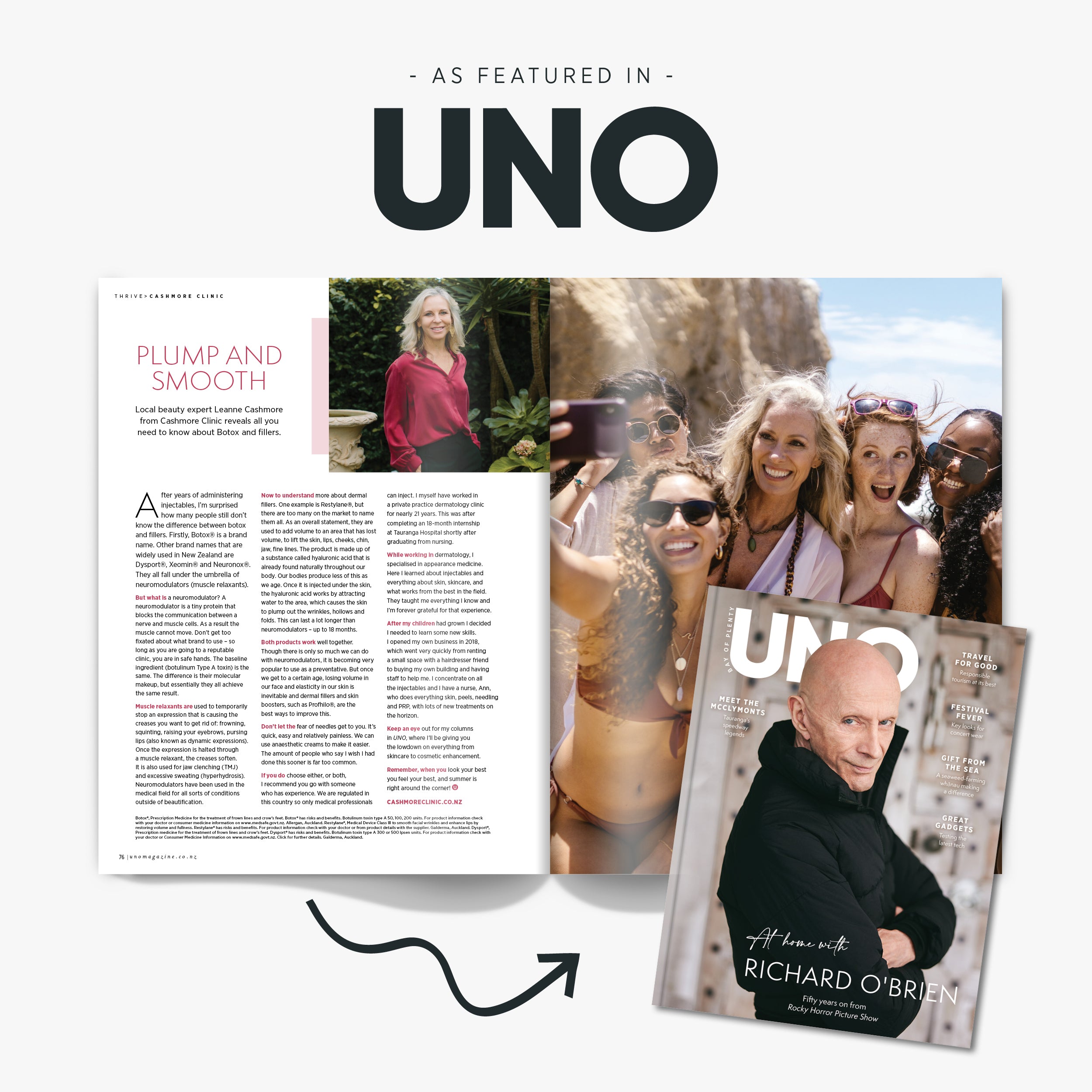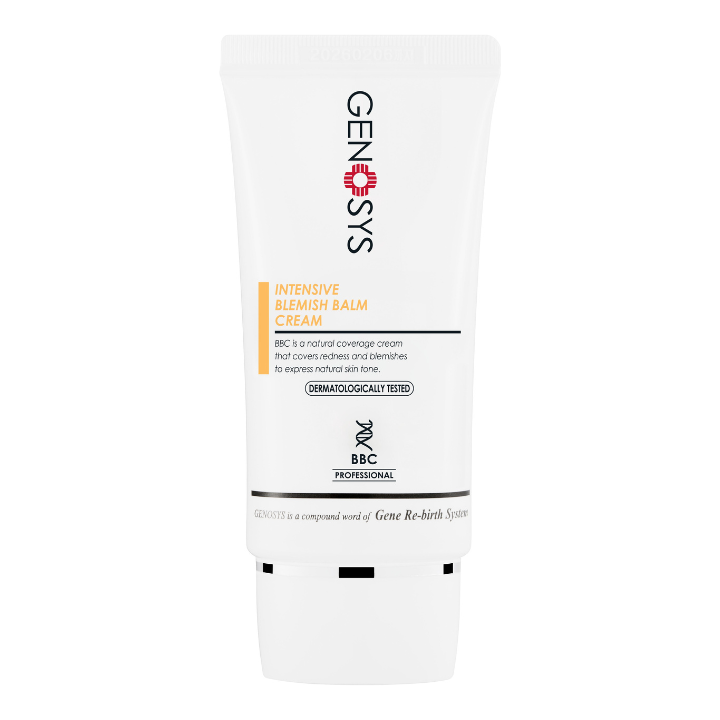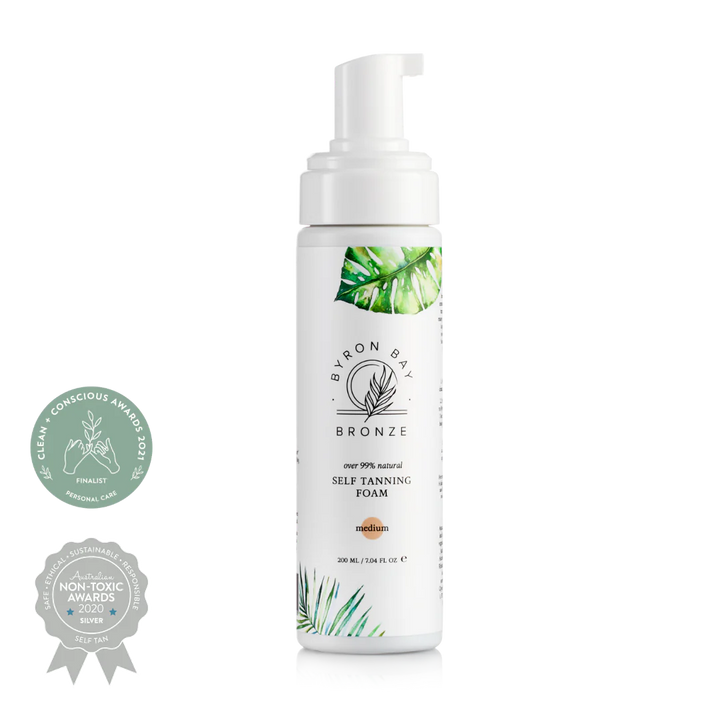UNO Magazine Issue 61 - Spring Edition 2023

Plump and Smooth
Local beauty expert Leanne Cashmore from Cashmore Clinic reveals all you need to know about Botox and fillers. After years of administering injectables, I'm surprised how many people still don't know the difference between botox and fillers. Firstly, Botox® is a brand name. Other brand names that are widely used in New Zealand are Dysport®, Xeomin® and Neuronox®. They all fall under the umbrella of neuromodulators (muscle relaxants).
But what is a neuromodulator? A neuromodulator is a tiny protein that blocks the communication between a nerve and muscle cells. As a result the muscle cannot move. Don't get too fixated about what brand to use - so long as you are going to a reputable clinic, you are in safe hands. The baseline ingredient (botulinum Type A toxin) is the same. The difference is their molecular makeup, but essentially they all achieve the same result. Muscle relaxants are used to temporarily stop an expression that is causing the creases you want to get rid of: frowning, squinting, raising your eyebrows, pursing lips (also known as dynamic expressions). Once the expression is halted through a muscle relaxant, the creases soften. It is also used for jaw clenching (TMJ) and excessive sweating (hyperhydrosis). Neuromodulators have been used in the medical field for all sorts of conditions outside of beautification.
Now to understand more about dermal fillers. One example is Restylane®, but there are too many on the market to name them all. As an overall statement, they are used to add volume to an area that has lost volume, to lift the skin, lips, cheeks, chin, jaw, fine lines. The product is made up of a substance called hyaluronic acid that is already found naturally throughout our body. Our bodies produce less of this as we age. Once it is injected under the skin, the hyaluronic acid works by attracting water to the area, which causes the skin to plump out the wrinkles, hollows and folds. This can last a lot longer than neuromodulators - up to 18 months.
Both products work well together. Though there is only so much we can do with neuromodulators, it is becoming very popular to use as a preventative. But once we get to a certain age, losing volume in our face and elasticity in our skin is inevitable and dermal fillers and skin boosters, such as Profilo®, are the best ways to improve this.
Don't let the fear of needles get to you. It's quick, easy and relatively painless. We can use anaesthetic creams to make it easier. The amount of people who say I wish I had done this sooner is far too common.
If you do choose either, or both, I recommend you go with someone who has experience. We are regulated in this country so only medical professionals can inject. I myself have worked in a private practice dermatology clinic for nearly 21 years. This was after completing an 18-month internship at Tauranga Hospital shortly after graduating from nursing.
While working in dermatology, I specialised in appearance medicine. Here I learned about injectables and everything about skin, skincare, and what works from the best in the field. They taught me everything I know and I'm forever grateful for that experience.
After my children had grown I decided I needed to learn some new skills. I opened my own business in 2018, which went very quickly from renting a small space with a hairdresser friend to buying my own building and having staff to help me. I concentrate on all the injectables and I have a nurse, Ann, who does everything skin, peels, needling and PRP, with lots of new treatments on the horizon.
Keep an eye out for my columns in UNO, where I'll be giving you the lowdown on everything from skincare to cosmetic enhancement.
Remember, when you look your best you feel your best, and summer is right around the corner!



















